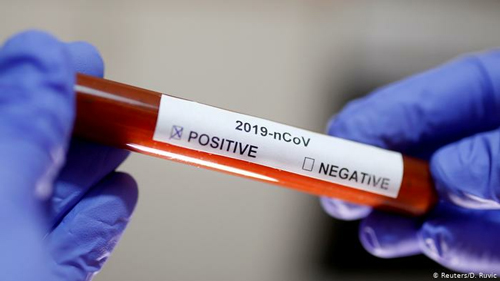AS the countries worldwide are busy fighting the coronavirus, and now have increased the tests for disease, scientists have warned about a growing concern: Many people with negative results might actually have the virus, leading to devastating implications.
Now most of the countries would need to open the lockdown imposed to stop the spread of virus as global recession looms and governments wrangle with the question of when to reopen economies. Billions of people are currently staying at home in an effort to break transmission of the deadly disease.
As the coronavirus has only been spreading among humans for four months and therefore studies about test reliability are still considered preliminary. Around the world, most of the COVID-19 detection tests use a technology called PCR, which detects pieces of the coronavirus in mucus samples.
But “there are a lot of things that impact whether or not the test actually picks up the virus,” said Priya Sampathkumar, an infectious diseases specialist at Mayo Clinic in Minnesota.
“It depends on how much virus the person is shedding (through sneezing, coughing and other bodily functions), how the test was collected and whether it was done appropriately by someone used to collecting these swabs, and then how long it sat in transport,” she said.
China reported that the ability of the tests to return positive results when the virus is present, is somewhere around 60 to 70 percent.
While companies involved in tests around the world are now producing slightly varying tests, so it’s hard to have a precise overall figure. But even if it were possible to increase the sensitivity ( meaning how well it is able to return positive results) to 90 percent, the magnitude of risk remains substantial as the number of people tested grows, Sampathkumar argued in a paper published in Mayo Clinic Proceedings.
As the virus passes from the upper to the lower respiratory system as the disease progresses. Therefore, the swab may produce a false negative, even if done correctly.
In these cases, doctors may need to take a sample more evasively, when a patient is under sedation. The patient may be asked to try to cough up sputum — mucus from the lower lungs.
Daniel Brenner, an emergency physician at Johns Hopkins Hospital in Baltimore, told AFP that taking a test after performing a procedure called a bronchoalveolar lavage was done on a patient whose nasal swab returned negative three times, but who showed all the signs of Covid-19. Much hope is placed on newly available serological tests which look for antibodies produced by a person’s body in response to the virus and can tell whether a person was infected, long after they recovered.









